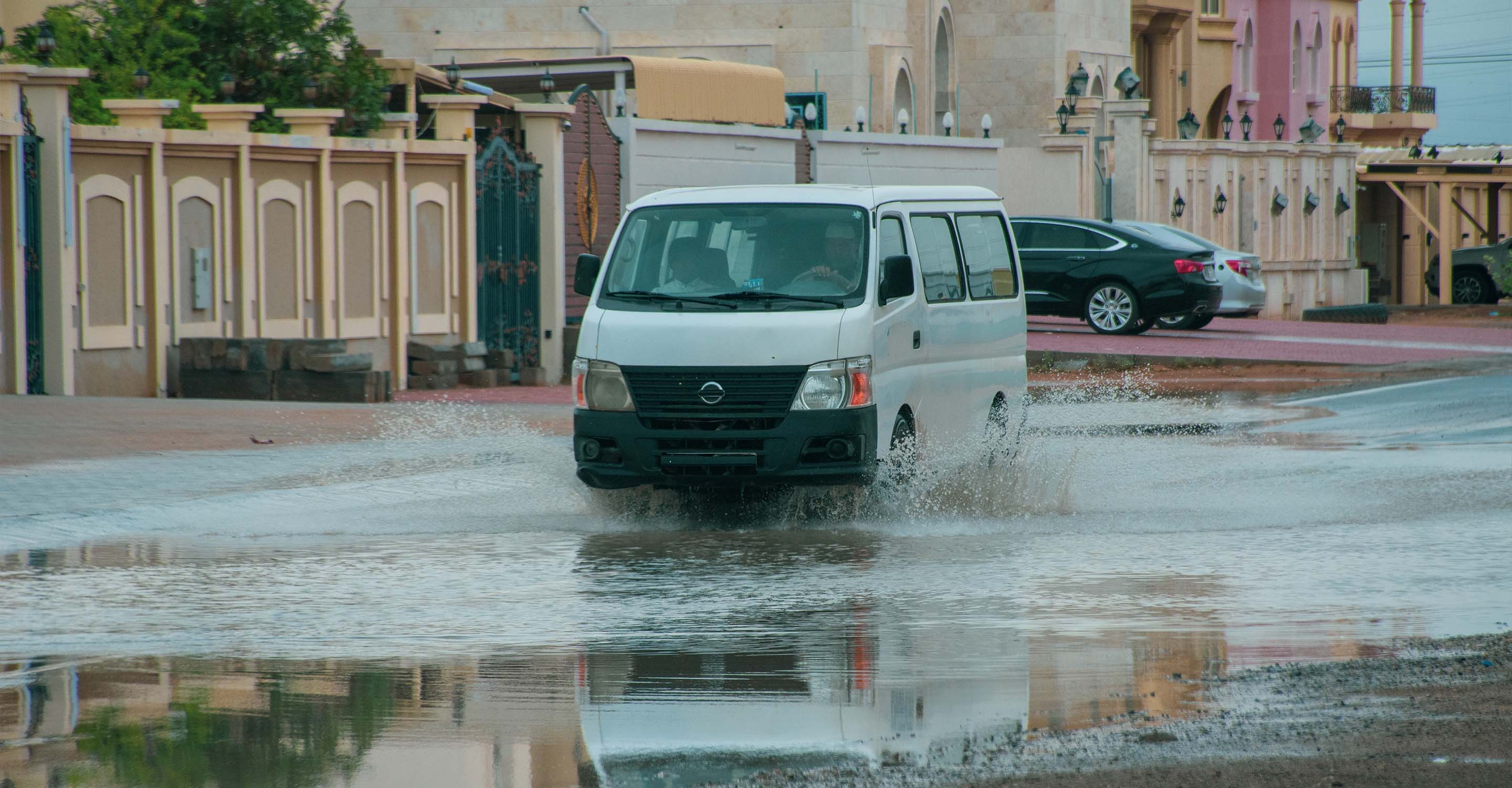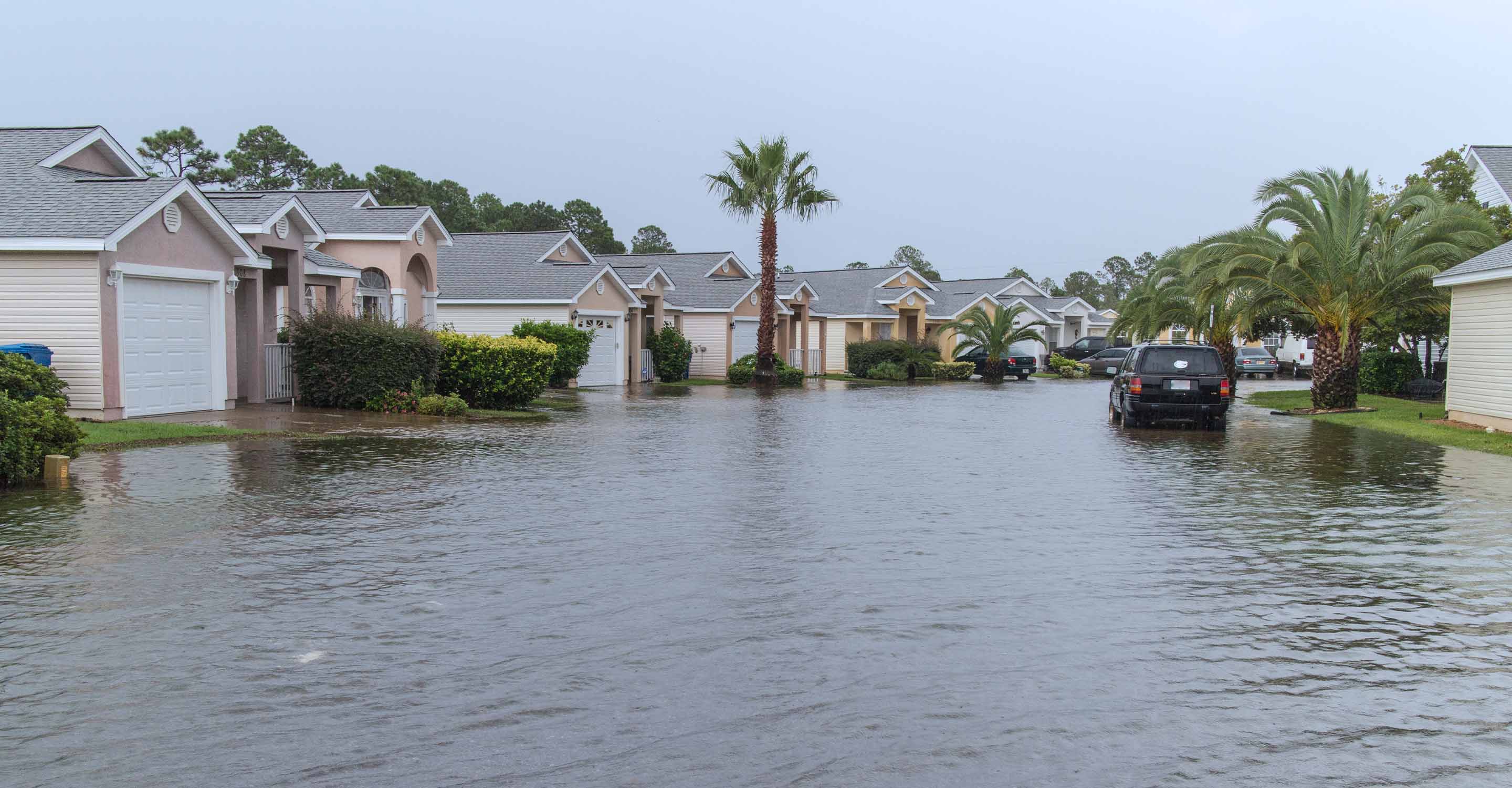Voronezh air quality map
Live air pollution map of Voronezh
3.9K people follow this city
Full screen
Contributors category
0
Government
0
Educational
0
Non-profit organization
0
Corporate
0
Individual
0
Anonymous
Station(s) operated by

*IQAir’s AQI data modeled using satellite data. Learn more
Health Recommendations
| Enjoy outdoor activities | |
| Open your windows to bring clean, fresh air indoors GET A MONITOR |
Voronezh does not have air sensor data
Be the first to measure and contribute air quality data to your community.
Understand air pollution and protect yourself
Voronezh MAP AIR QUALITY ANALYSIS AND STATISTICS
Is there much fascinating information about air quality on the air pollution map for Voronezh?
There is very much interesting information about air pollution on the air pollution map for Voronezh. The map is very easy to access from the main city page just by selecting the map icon, a new page will open which is dedicated to facts and figures about air quality.
When the page first opens, the viewer might be surprised by the overall colour of the map itself. It takes on the colour of the current air quality. The colours are explained in the legend at the foot of the page and all the colours are standardised across the entire IQAir website. They range from pale green to dark maroon. Currently, the map is greenish/yellow which indicates “Moderate” air quality.
There are often several coloured discs dotted across the map which represent the location of ground-level air monitoring stations. However, not all cities have such physical stations and, instead, rely on information provided by overhead satellites.
In order to see more information, the viewer needs to go back to the main city page. In the coloured banner at the top of this page, the US AQI number is shown, followed by an asterisk. This indicates that the data is derived from satellite imagery. The United States Air Quality Index number is calculated by taking the measurements of up to six of the most prolific pollutants found in city air. These pollutants are usually both sizes of Particulate Matter (PM2.5 and PM10), ozone, nitrogen dioxide, sulphur dioxide and carbon monoxide. Once established it is used as a metric when comparing air quality in other cities across the globe. It is fully endorsed by the World Health Organisation (WHO).
During November 2022, the US AQI reading for the city was 21 which is classified as being “Good”. The main pollutant recorded was PM2.5 with a level of 5.1 µg/m³ which is very slightly over the target figure of 5 µg/m³, as recommended by the WHO.
Is there much more interesting information about air quality on the air pollution map for Voronezh?
There is a lot more information on the air pollution map for Voronezh but in order to see it all, the page needs to be viewed at maximum size, otherwise some information may remain obscured.
Once viewed in this way, a list of four options should be clearly visible on the left-hand side of the screen. These can all be turned on and off individually to get a better idea of what effect each one has.
The first option would show the location of the ground-level air monitoring stations, but Voronezh relies on satellites for the data and has no physical stations to show.
The next option shows the location of any wildfires that might be burning in the vicinity, but during November 2022, there were no fires reported to be burning out of control. If there were any fires burning, option four would be very helpful because it shows the speed and direction of the prevailing winds and could help determine where the smoke might blow.
The third option can be very theatrical because it changes the colour of the map to indicate the current air quality. It is a pale green colour which tells the viewer that the air quality is “Good”. If this overall colour is too confusing, by deactivating the choice, the map colour will revert to a more subdued palette.
The rest of the extra information can be found on the far right of the screen. A table will be visible here which ranks the world cities according to their levels of air pollution. The dirtiest ones appear at the top. Only seven are shown in this snapshot so if more information is required then the full ranking must be selected.
Can the source of the polluted air be seen on the air pollution map for Voronezh?
Because the data comes from overhead satellites, it is not possible to determine the source of the polluted air. But it is known that one of the largest sources of air pollution comes from the gas transportation structures of the gas company, Gazprom, livestock businesses and oil production companies. Road vehicles also play a large part in the air pollution of the area. Experts called cars one of the biggest environmental polluters and a source of greenhouse gases. The share of cars in the Voronezh region accounts for about 60-70% of air pollution. Despite the significant lag in the environmental performance of vehicles and the types of motor fuel used from the achieved world level, the share of vehicles with a higher environmental class in the Voronezh region is increasing annually.
In addition, air quality is affected by the development of animal husbandry, an industry that, by definition, emits pollutants.
In 2020, in the Voronezh Region, gross emissions of pollutants into the air from stationary sources amounted to 116.34 thousand tons. Another 169.4 thousand tons were added by motor vehicles but this figure was 2.8% lower than in 2019.
PM2.5 is often mentioned on the air pollution map for Voronezh, but how dangerous is it?
Fine particulate matter is in the air in the state of aerosol and in the natural environment, but they pose the greatest danger in large cities. There are more of them in the urban environment; in terms of chemical composition, the fine aerosol is much more toxic than in a natural setting. In different cities, the composition of PM2.5 aerosol is different, as well as the parameters of the particles that make up its composition.
The main anthropogenic or artificial sources of such particles are vehicles with internal combustion engines, as well as industrial enterprises, construction sites, the mining industry, asphalt erosion, and the abrasion of tyres and brake pads. Moreover, fine particles can be released into the air due to agricultural activities, since ammonia fertilizers are often used there.
Fine dust is an inhalable fraction. It enters the lungs, directly into the alveoli, in which gas exchange takes place between the lungs and blood vessels. During gas exchange, PM2.5 particles enter the bloodstream, which provokes the occurrence of cardiovascular diseases. Both the particles themselves and the substances sorbed on the surface of the particles act.








